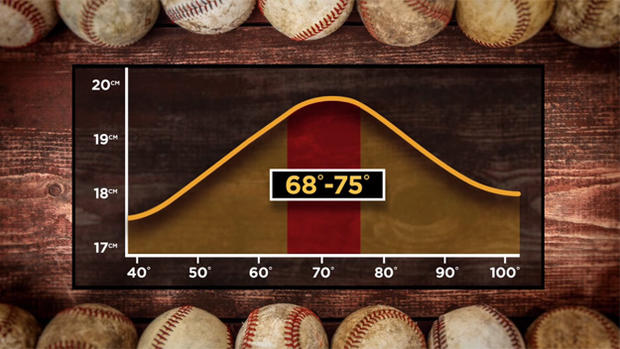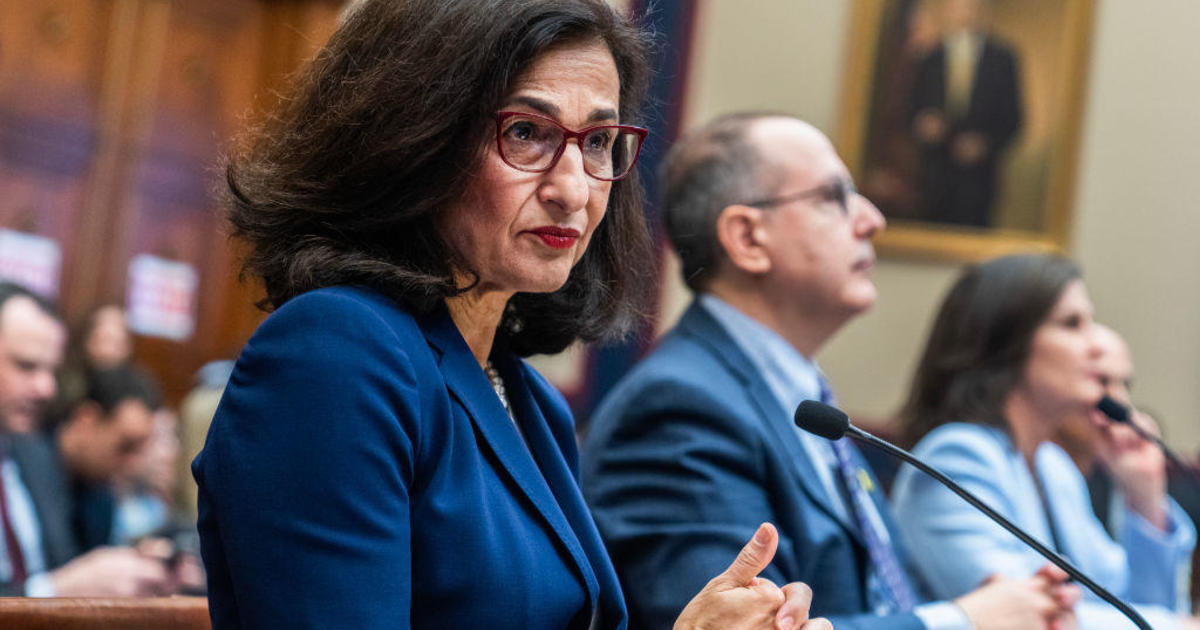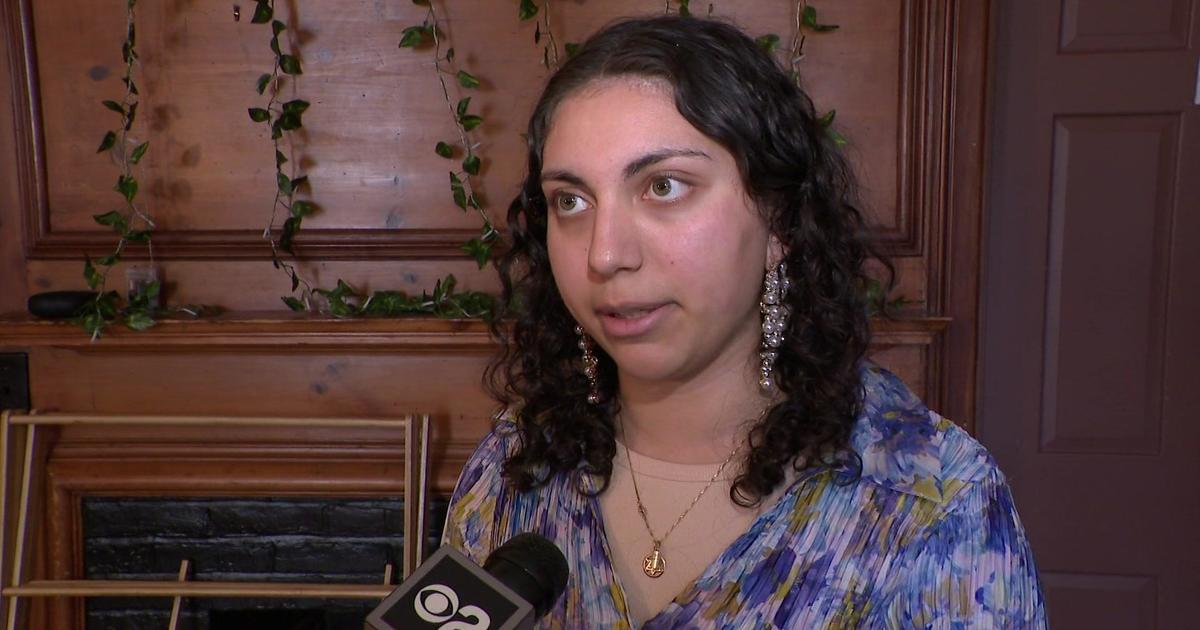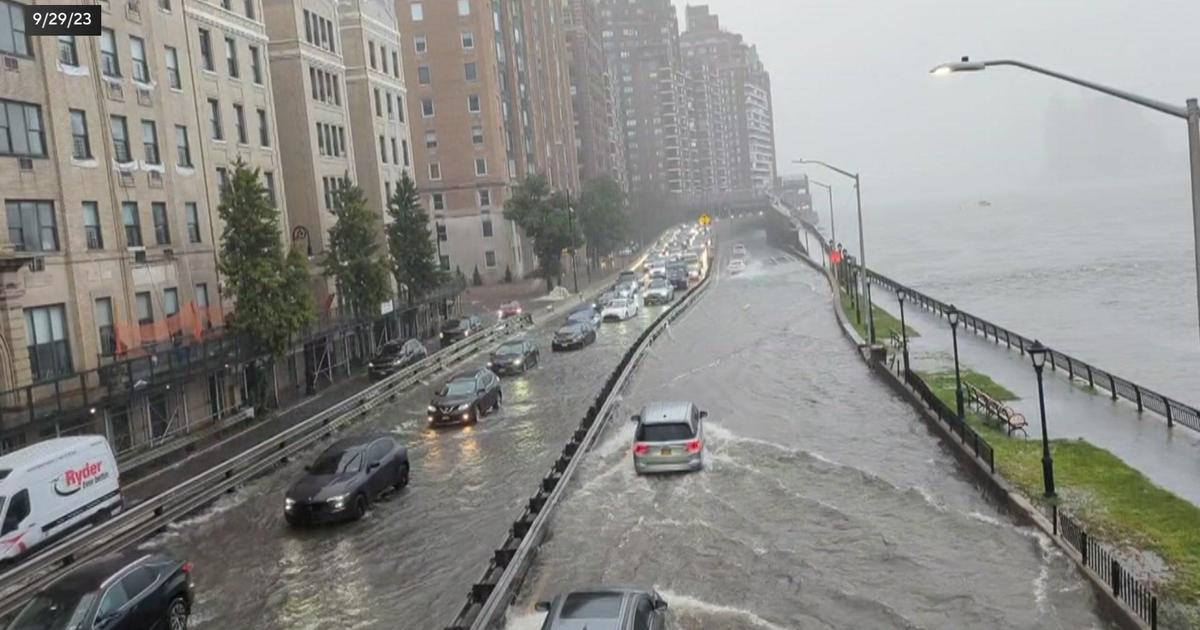Cardinals' DeJong Joins Renowned Scientist To Test Effect Of Heat On Baseball
BROOKVILLE, N.Y. (CBSNewYork) -- The last World Series was one for the record books with more home runs hit than ever before – and some believe it is because of the heat.
As CBS2's Steve Overmyer reported Thursday, that hypothesis was the focus of an experiment by a world-renowned scientist and a special lab partner.
In a chemistry lab at Long Island University Post, an alliance between sports and science has been born. Dr. Lawrence Rocks is the world-renowned scientist, while Paul DeJong is a shortstop with the St. Louis Cardinals who has a degree in biochemistry.
Mets fans will remember DeJong, who became a Met killer this year with the Cardinals. He led all NL shortstops with 25 home runs.
This offseason, he has traded his jersey for a lab coat.
"In high school, I just enjoyed the physics and chemistry classes more than I enjoyed reading 'Catcher in the Rye,'" DeJong said.
On Thursday, DeJong was working with one of his heroes. Rocks authored "The Energy Crisis" in 1972 and worked with Congress to create the Department of Energy.
The two men, both elite in their fields, came together where baseball and data converge.
The old theory is the warmer the ball, the farther if flies. DeJong and Rocks tested the theory first by dropping a room-temperature baseball from a height of 50 centimeters and measured how it bounced up – and then altering the temperature for further tests.
Such experiments are part of DeJong's offseason workouts. They allow him to keep his mind sharp while taking a break from baseball.
He will apply what he was learning Thursday to the field.
"You're doing the scientific method, and maybe not writing down hypotheses, but you're still trial and error -- coming up with new solutions, seeing how they work, analyzing them and making conclusions constantly," DeJong said.
As the data were compiled, DeJong and Rocks discovered something strange.
"As you decrease temperature, you get less bounce, like an automobile tire on a very cold day – it's a little more brittle. As you increase temperature, the elastomeres get a little mooshy; you get less bounce," Rocks said.
The data show that the baseball's bounce increases with temperature – but only up to a point. Around 80 degrees, it starts to decline – resulting in a bell curve for a graph showing temperature on the X axis and bounce height on the Y axis.
That data showed baseball's sweet spot temperature range is between 68 and 75 degrees.
So what happens when you have an experiment and the results are not what is expected?
"That's great. Then you think of another theory, because facts are everything," Rocks said. "Science is not a subject, it's a method. And it can be applied to anything. Anybody can be a scientist."
And a baseball player who is just beginning his career on the diamond may someday have a career in the lab. But Rocks said he can't imagine DeJong eschewing his uniform for a lab coat.
"It's the excitement; the camaraderie, and you won't find that anywhere else," Rocks said. "How many people cheer when a doctor is writing a prescription?"
But the scientific method that DeJong uses in the lab continues to be his basis for success in baseball.
"We definitely raised some more questions that need to be answered, so, it never ends," DeJong said.
DeJong and Rocks emphasized that many factors determine the travel distance of the ball, including wind, humidity, and air density. But they discovered the ball itself has an optimal temperature for flight.




